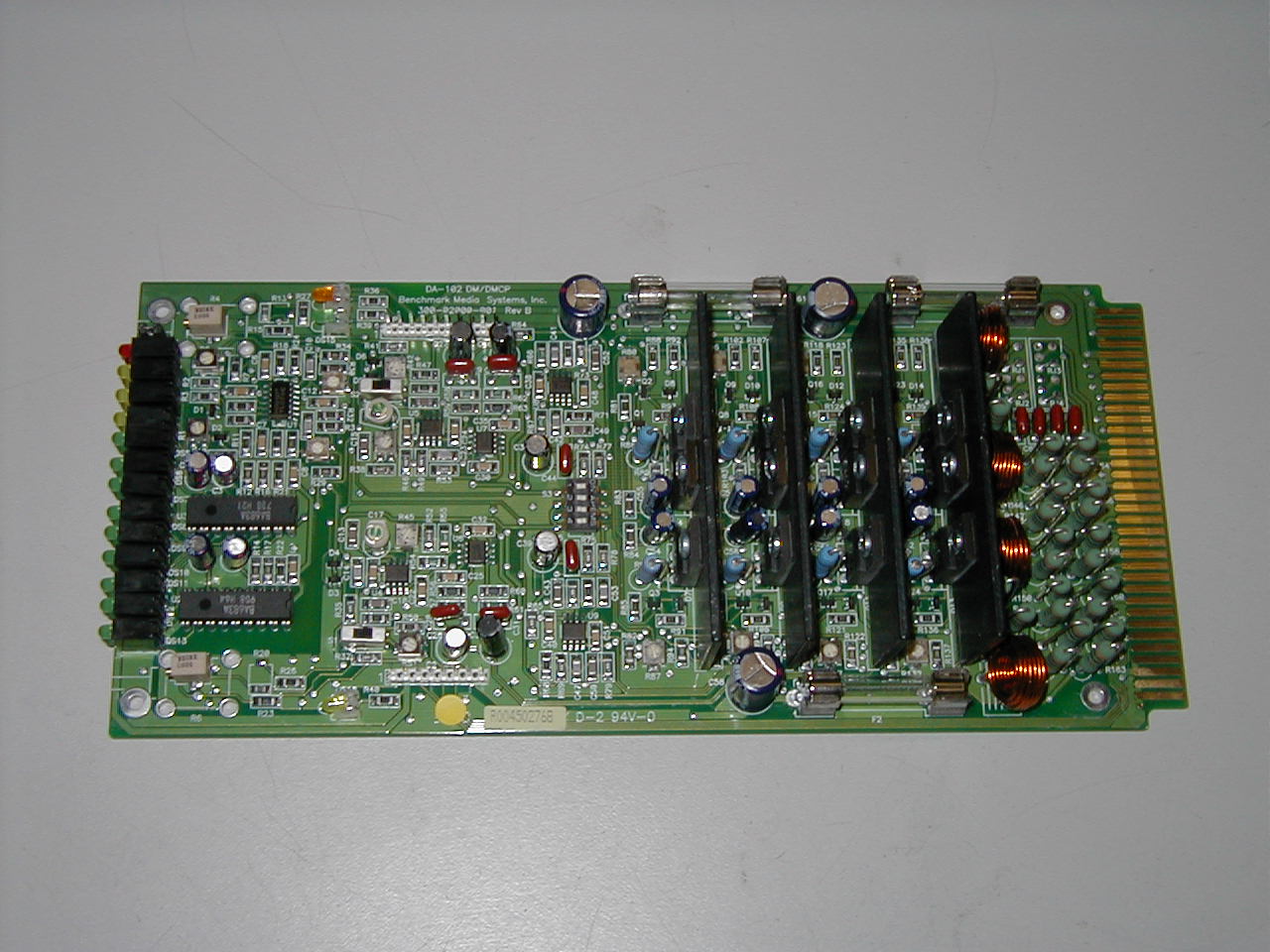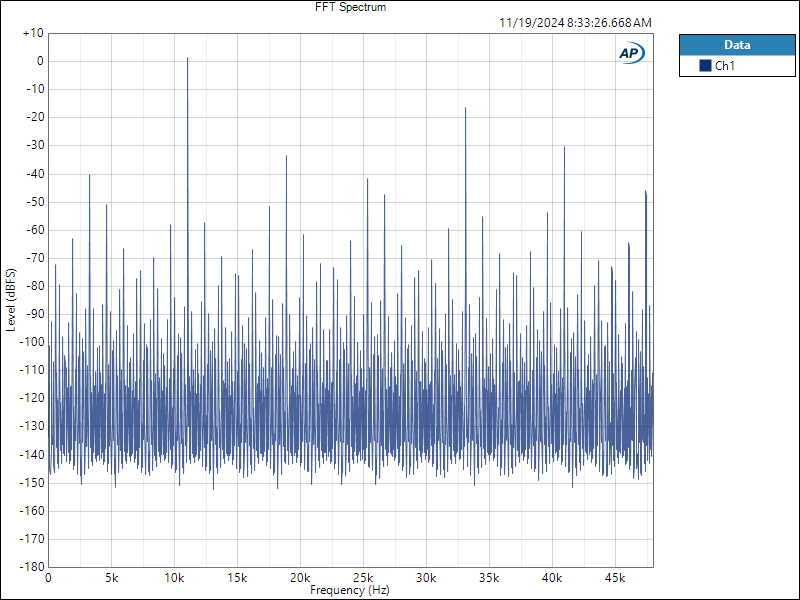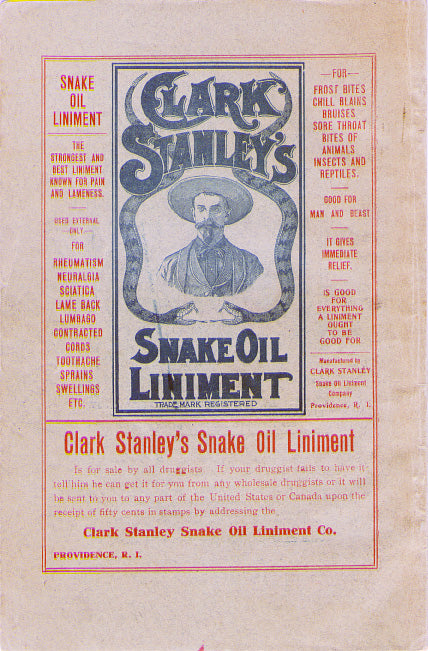Buy one component and save 10% on up to 2 cables. Buy 2 components and get 4 free cables. Free shipping on USA orders over $700.
Buy one component and save 10% on up to 2 cables. Buy 2 components and get 4 free cables. Free shipping on USA orders over $700.
When is a DA not a DA?
by Benchmark Media Systems January 01, 1997

By Allen H. Burdick
Introduction
Let's face it, an Audio Distribution Amplifier (DA) is not absolutely necessary for the distribution of audio! You can daisy chain your audio from input to input these days, generally with minimal loading on the source. However, what happens if a piece of equipment on the chain fails, or someone inadvertently cuts the audio pair, or you wish to remove a piece of equipment while on the air? Well, of course, that's why we install DAs in the first place. The DA is an insurance policy. But like any insurance policy, you'd better be sure of your coverage before you need to make a claim. To examine our insurance coverage, let's review the basic criteria for good audio transmission.
History
In a historic paper to the Audio Engineering Society, presented in 1980, Richard Hess of National Tele-Consultants, then with ABC-TV, outlined the need to move from the 600 ohm power matched interconnect system that we inherited from the Bell Labs, to a 60 ohm voltage source interconnect for runs up to 3000' in length. This provides an increase in interconnect bandwidth of 5 times what the 600 ohm system would have under the same circumstances. It also provides a much lower noise pickup and reduces the quiescent power drain and heat generated in the equipment. Most equipment manufacturers have now subscribed to that understanding with the resultant improvement in interconnect bandwidth. See "A Clean Audio Installation Guide™" tech note for more information.
The next issue is the type of amplifier output needed. Most networks will not use audio distribution amplifiers that have multiple output drivers. Rather, they require DAs with a single output amplifier stage. The reason for not using multiple output drivers is the possibility of having the "On Air" output fail while monitoring a different output, and thus not being aware of the loss.
Mr. Hess also noted, in his paper, the requirement for a DA to be able to operate with up to 1/3 of its outputs in a shorted condition. This is a very important concept. In facilities, change is constant. New equipment is added, old equipment and cable runs are removed. The insurance policy must be robust, and be able to cover the unexpected.
Technical Requirements
These three requirements define the output stage design of an audio distribution amplifier. The output stage must be a single amplifier with "build-out" resistors that create the desired drive impedance. In this case, the use of 30 ohm resistors from two amplifiers is necessary to create the 60 ohm balanced output. If we have, say, ten balanced outputs on our distribution amplifier, then with three of those outputs shorted the amplifiers must be able to drive two 10 ohm loads, and still deliver audio to the other destinations. Remember, this is our insurance policy and it can't let us down during an emergency. The implication is obvious. To deliver full output into a 10 ohm load we need a small power amplifier, i.e. 10 watts per channel, relative to ground, 40 watts balanced.
Unfortunately, many of the devices being passed off as an insurance policy cannot survive this condition. Often, they are light weight designs that were created in the days of the 600 ohm power matched thinking, and simply had their output resistors changed from 300 ohms to 30 ohms. In other cases, while the amplifier itself might be able to drive a 10 ohm load, the power supply will not provide enough current to the amplifier under short circuit conditions.
Most unfortunate of all is the facility where the staff thinks they have an insurance policy, only to find in an emergency that they did not read the fine print and the coverage wasn't really available. Caveat emptor!
Also in Audio Application Notes

How Loud is the Distortion from Your Power Amplifier?
by John Siau August 08, 2025
Would you put a Washing Machine in your Listening Room?
If the answer is no, you may be surprised to discover that the distortion produced by your power amplifier may be louder than the noise produced by a major appliance.
Don't believe me? Take a look at Stereophile's test reports:
We selected 7 power amplifiers from Stereophile's top list of recommended amplifiers.
We took Stereophile's "THD+N vs. Power" plots for each, and replotted the data in a format that shows the loudness of the THD+N at the listening position.
The results are shocking!
Amplifier THD+N is louder than expected!
The distortion from your amplifier may be louder than a washing machine on the spin cycle, or it may be totally silent. How does yours perform? The answer is hidden in Stereophile's THD+N plots.
This application note reveals the hidden truth:
"The Distortion from your Power Amplifier may be Louder than a Washing Machine!"
I know, it sounds crazy, but this is what the measurements show!

Interpolator Overload Distortion
by John Siau November 20, 2024
Most digital playback devices include digital interpolators. These interpolators increase the sample rate of the incoming audio to improve the performance of the playback system. Interpolators are essential in oversampled sigma-delta D/A converters, and in sample rate converters. In general, interpolators have vastly improved the performance of audio D/A converters by eliminating the need for analog brick wall filters. Nevertheless, digital interpolators have brick wall digital filters that can produce unique distortion signatures when they are overloaded.
10% Distortion
An interpolator that performs wonderfully when tested with standard test tones, may overload severely when playing the inter-sample musical peaks that are captured on a typical CD. In our tests, we observed THD+N levels exceeding 10% while interpolator overloads were occurring. The highest levels were produced by devices that included ASRC sample rate converters.

Audiophile Snake Oil
by John Siau April 05, 2024
The Audiophile Wild West
Audiophiles live in the wild west. $495 will buy an "audiophile fuse" to replace the $1 generic fuse that came in your audio amplifier. $10,000 will buy a set of "audiophile speaker cables" to replace the $20 wires you purchased at the local hardware store. We are told that these $10,000 cables can be improved if we add a set of $300 "cable elevators" to dampen vibrations. You didn't even know that you needed elevators! And let's not forget to budget at least $200 for each of the "isolation platforms" we will need under our electronic components. Furthermore, it seems that any so-called "audiophile power cord" that costs less than $100, does not belong in a high-end system. And, if cost is no object, there are premium versions of each that can be purchased by the most discerning customers. A top-of-the line power cord could run $5000. One magazine claims that "the majority of listeners were able to hear the difference between a $5 power cable and a $5,000 power cord". Can you hear the difference? If not, are you really an audiophile?

